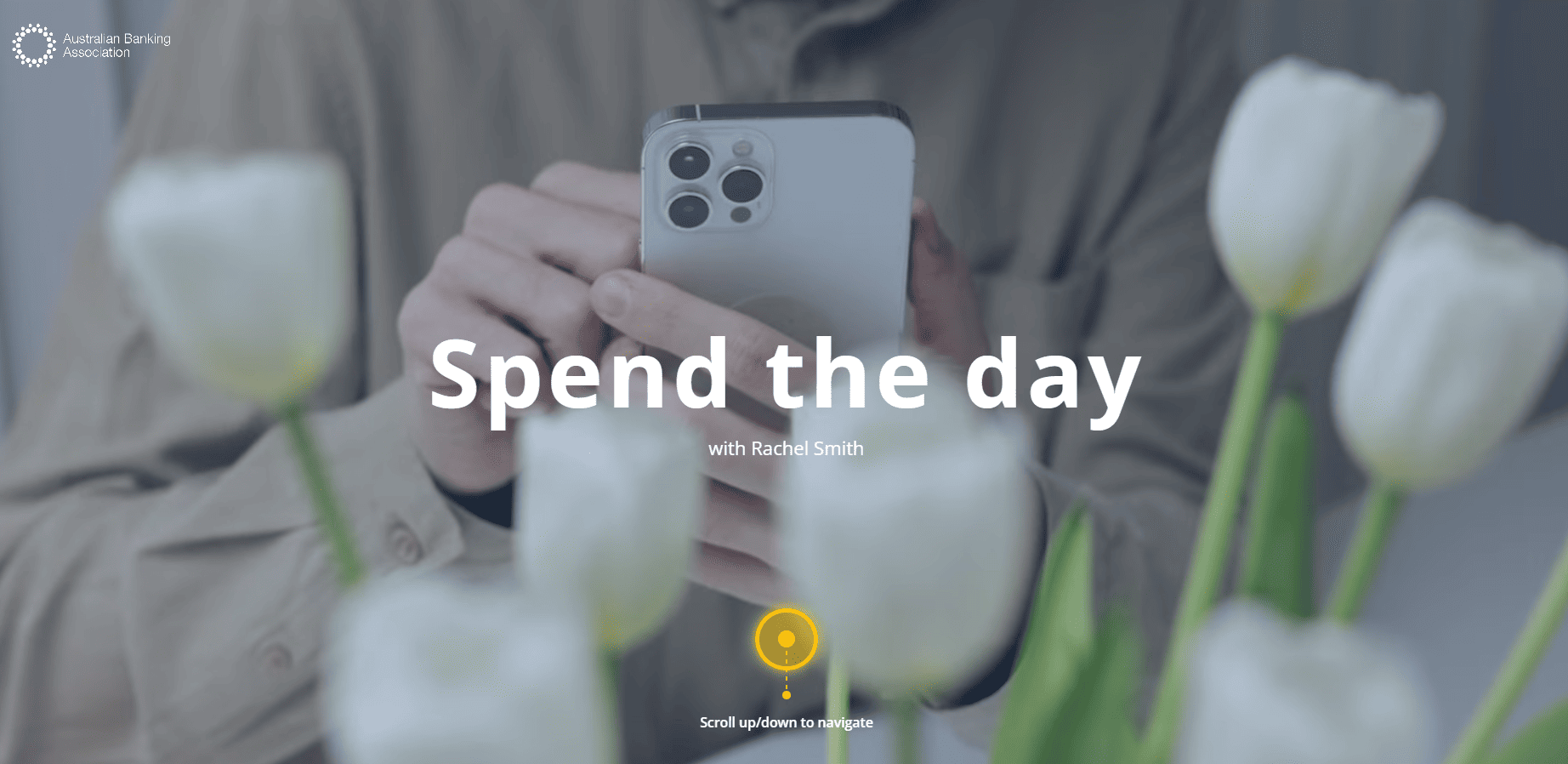
12 May 2023
The nation’s shift to digital banking is gathering pace, with the number of people leaving home without their wallet or cards, relying on their phone or another device instead, doubling in three years. This is up from 19% in 2019 to 38% in 2022.
Younger people are leading the ‘digital wallet’ charge, with two-thirds of those aged 18-24 relying on their phone or wearable to make payments.
Payments utilising methods other than cash are also rapidly increasing, with 20% of all payments now conducted using PayID and 15 million PayID registrations as at 1 May 2023, an increase from six million in 2021. And one in two Australian smartphone users say they have used their mobile phone to make a purchase in-store, in-app or on a website, an increase from 18% in 2019 to 49% in 2022.
ABA Chief Executive Officer Anna Bligh said changes in the way Australians do their banking are happening at breakneck speed.
The rapid changes are captured in a new Australian Banking Association (ABA) interactive ‘Spend the Day’ site – a comprehensive snapshot of how Australians are using different payments technologies.
The new site provides important insights into Australians’ spending habits in a fast-changing payments environment.
“The transformation of the nation’s payments preferences is continuing at a rapid pace and this new site provides a comprehensive snapshot of the latest trends.
“Designed to be interactive and easy to navigate and update, the site helps explain the current state of our payments system in Australia.”
Payment trends:
- While young people are taking up new payment technologies at the fastest rate, only 9% of those aged 65 and over report leaving home without their wallets or cards.
- As the mobile ‘branch in your hand’ trend grows, branch usage is declining with 70% of Australians reporting not having visited a branch in the past month.
- Although branches continue to play an important role for those who prefer face-to-face transactions or for complex transactions:
- only 3% of Australians report having visited a branch three or more times in the past month.
- just 4% of Australians report preferring to visit a branch to check account balances. The remainder utilise a mobile banking app (56%), internet banking (31%), phone banking (4%) and online live chat (1%).
- just 4% of Australians report preferring to visit a branch to pay bills. The remainder utilise a mobile banking ap (49%), internet banking (35%), phone banking (4%), and online live chat (2%).
Latest news
The ABA acknowledges the release of the 2025-26 Mid-Year Economic and Fiscal Outlook. The Government’s forecasted $8.4 billion reduction in the deficit over the forward estimates including a $5.4 billion reduction for year’s deficit is welcome. Lower deficits and claimed savings of $20 billion over the next four years is a beginning towards ensuring our national finances are on a more sustainable footing. While this Budget update contains lower forecasts of spending as a share of GDP, the ABA notes the importance of ongoing spending restraint to help reduce inflationary and interest rate pressures. Banks… Read more »
ANZ CEO Nuno Matos has been appointed as the new Chair of the ABA Council, as banks continue their focus on meeting the needs of customers as well as playing a crucial role in the Australian economy. At the ABA’s Annual General Meeting today in Melbourne, ING CEO Melanie Evans was also reappointed as Deputy… Read more »
The ABA welcomes today’s release of draft industry designations and framework for scams code obligations for banks, telecommunication companies and digital platforms – reinforcing the importance of an ecosystem approach in the fight against scammers. ABA CEO Simon Birmingham said the draft materials were the next piece of the puzzle in ongoing efforts to drive… Read more »
